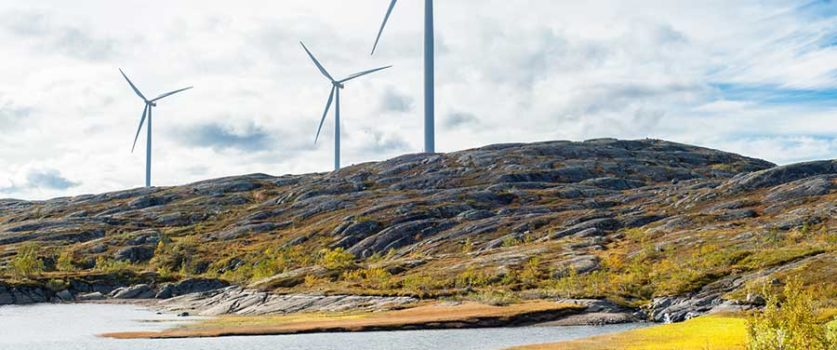
Last year, the amount of energy produced in the UK using renewable means was equal to the total amount of energy used by the whole country in 1958.
According to researchers at Imperial College London who worked alongside Drax, the energy generated from renewable sources increased by 27% during 2017, with generational capacity reaching 96 terawatt hours. This would have been more than sufficient to supply to 91 TWh consumed by the residents of Britain in 1958. During that period, coal would have been by far the dominant source of power, producing around 92% of the country’s electricity. 60 years later and coal provides only a fraction of the nation’s energy with its current market share sitting at 7%.
Dr Iain Staffell, from Imperial College London said: “Generation from coal continues to fall and is now the preserve of colder months as opposed to being the mainstay of generation as it was in 1958.
“Sixty years ago, the power system emitted 93 million tonnes of CO2; in 2017 renewables managed to produce the same amount of electricity by emitting just three million tonnes.
“The share of fossil fuels on the system has fallen from 80 per cent to 50 per cent since 2010 and the effect that shift in the balance of power is having in terms of lowering our carbon emissions is striking.”
The shift towards a greener energy supply is speeding up, with 50% of the UK’s power currently derived from low carbon methods such as nuclear, and 25% coming from completely renewable sources. Wind power was by far the biggest renewable contributor, providing 15% of the nation’s power last year – a 5% jump from 2016 levels. This was partly to do with higher wind speeds but also due to the completion of several on and offshore wind farms. The changing industry is already having a positive effect, with emissions relating to energy consumption dropping 12% in 2017.
Andy Koss, Drax Power chief executive said: “This report shows the great progress we have made in terms of decarbonising the energy sector. We can expect more days without coal on the system as we gear up to the UK coming off coal in 2025 and we are proud of the work that we have done to support this as the largest decarbonisation project in Europe.
“As the share of fossil fuels falls and more intermittent renewables come onto the system, we need to think about how we maintain stable, secure power supplies. Flexible, responsive technologies such as biomass help to support and balance the grid as more renewables come on to the system.”




